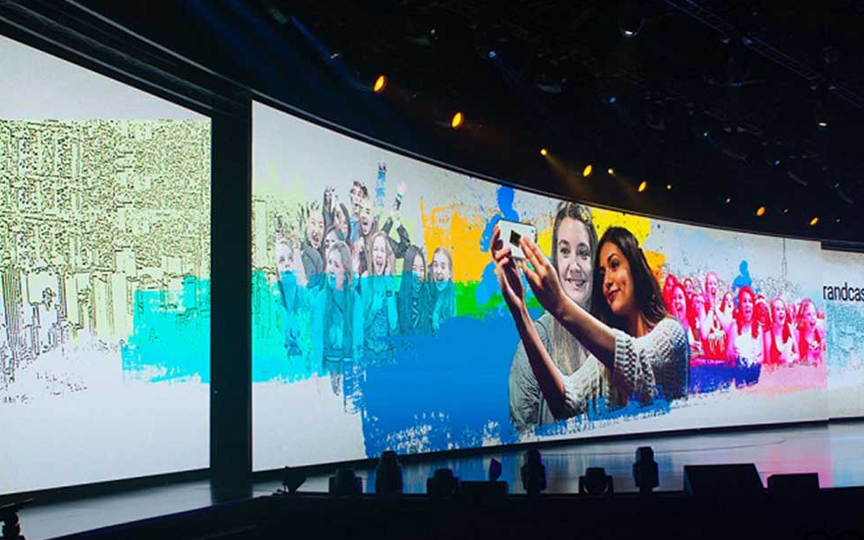When planning to buy an LED display, it’s easy to get confused by the different types available. Should you choose an indoor or outdoor model? What brightness level do you need? Which pixel pitch is better? In this article, we’ll help you understand these key points so you can select the right LED display for your specific needs.

1. Decide Where You Will Use the LED Display
The first question is simple: will the LED display be used indoors or outdoors? This will determine the product features you should look for.
-
Indoor LED displays are mainly used in shopping malls, conference halls, retail stores, and exhibitions. They don’t need waterproof protection and can have lower brightness because there’s no sunlight.
-
Outdoor LED displays are made for outdoor billboards, building facades, stadiums, and roadside advertising. They must be waterproof and dustproof (usually IP65 protection) and have high brightness so people can see them clearly in daylight.
2. Select the Right Pixel Pitch
Pixel pitch refers to the distance between the pixels on the screen. The smaller the pixel pitch, the clearer the image at close distances.
-
For indoor LED displays, pixel pitch ranges from P1.5 to P4 are common. They offer sharp images when viewed up close.
-
For outdoor LED displays, larger pixel pitches like P4 to P10 are usually enough because viewers are farther away.
Choosing the right pixel pitch depends on how close your audience will be to the screen.
3. Check the Brightness Level
Brightness is one of the most important features:
-
Indoor LED displays usually require 800–1,200 nits, enough for indoor lighting.
-
Outdoor LED displays typically range from 4,000 to 7,000 nits, depending on the level of sunlight.
If your screen faces direct sunlight, make sure to choose a higher brightness level.
4. Pay Attention to Installation and Maintenance
When buying an LED display, don’t forget about how easy it is to install and maintain.
-
If your display is mounted against a wall, front maintenance saves space and makes repairs easier.
-
If you have room behind the screen, rear maintenance is also an option.
It’s also smart to ask your supplier about after-sales service, spare parts, and technical support.
5. Choose a Reliable Manufacturer
Quality matters. A reliable manufacturer offers better components, professional assembly, and ongoing support. At ledtopview display, we provide LED displays that are built to last—whether you need a screen for your shop window or a giant outdoor billboard, we’ll help you choose the best option for your space.

